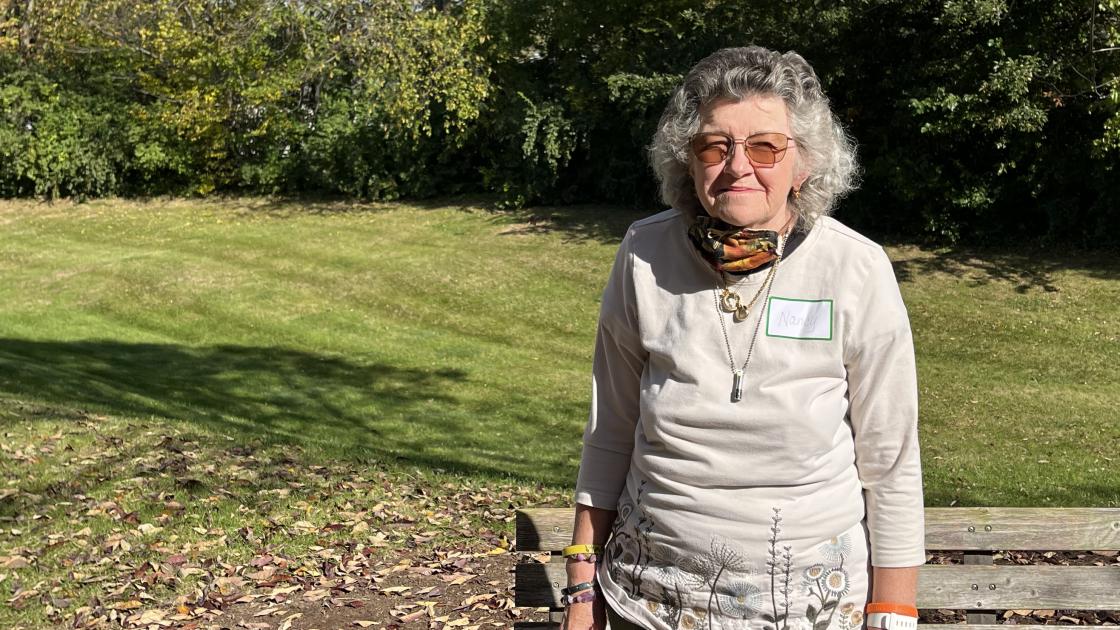
Thomas Ala, MD
About me
Dr. Ala has been with SIU Medicine since 1999. He is certified with the American Board of Psychiatry and Neurology and specialized in the evaluation and treatment of patients who have cognitive disorders, including Alzheimer's disease and other dementing illnesses. Dr. Ala has been a member of the team that plans and implements Risk and Prevention/Healthy Brain Aging Programs which are comprised of evening events for the community and all-day symposiums for healthcare providers. The programs summarize recent research on risk and protective factors for Alzheimer's disease and discuss the latest recommendations regarding how to lower one's risk for dementia.
Gender
Education & training
Research
Publications
Jones G, Tabassum V, Zarow GJ, Ala T. The inability of older adults to recall their drugs and medical conditions. Drugs Aging. 2015;32:329-336;
Pyo G, Ala T, Kyrouac GA, Verhulst SJ. A validity study of the Working Group's Autobiographical Memory Test for individuals with moderate to severe intellectual disability. Res Dev Disabil. 2011;32:70-74. PMID: 20875945;
Struble RG, Ala T, Patrylo PR, Brewer GJ, Yan XX. Is brain amyloid production a cause or a result of dementia of the Alzheimer's type? J Alzheimers Dis. 2010;22:393-399. PMID: 20847431;
Pyo G, Ala T, Kyrouac GA, Verhulst SJ. A pilot study of a test for visual recognition memory in adults with moderate to severe intellectual disability. Res Dev Disabil. 2010;31:1475–1480. PMID: 20630702;
Elble RJ, Dubinsky RM, Ala T. Alzheimer’s disease and essential tremor finally meet. (Editorial). Mov Disord. 2007;22:1525-1527. PMID: 17557351;
Pyo G, Elble RJ, Ala T, Markwell SJ. The characteristics of patients with Uncertain/Mild Cognitive Impairment on the Alzheimer Disease Assessment Scale-Cognitive subscale. Alzheimer Dis Assoc Disord. 2006;20:16-22. PMID: 16493231;
Ala TA, Berck LG, Popovich AM. Using the telephone to call for help and caregiver awareness in Alzheimer disease. Alzheimer Dis Assoc Disord. 2005;19:79-84. PMID: 15942325;
Ala TA, Berck LG, Popovich AM. Knowledge of personal information and caregiver awareness in Alzheimer's disease. Am J Alzheimers Dis Other Demen. 2005;20:119-125. PMID: 15844758
Clinical trials
Related articles

